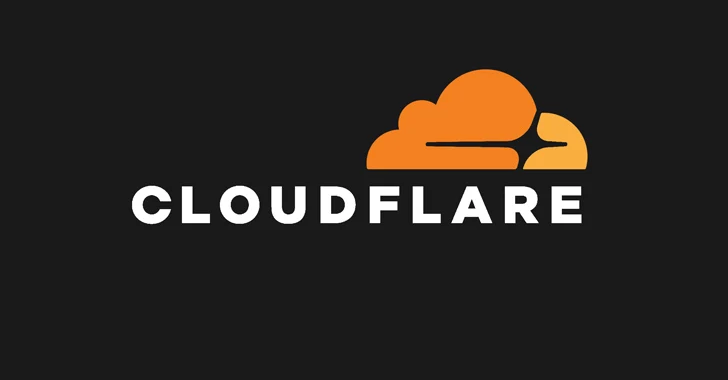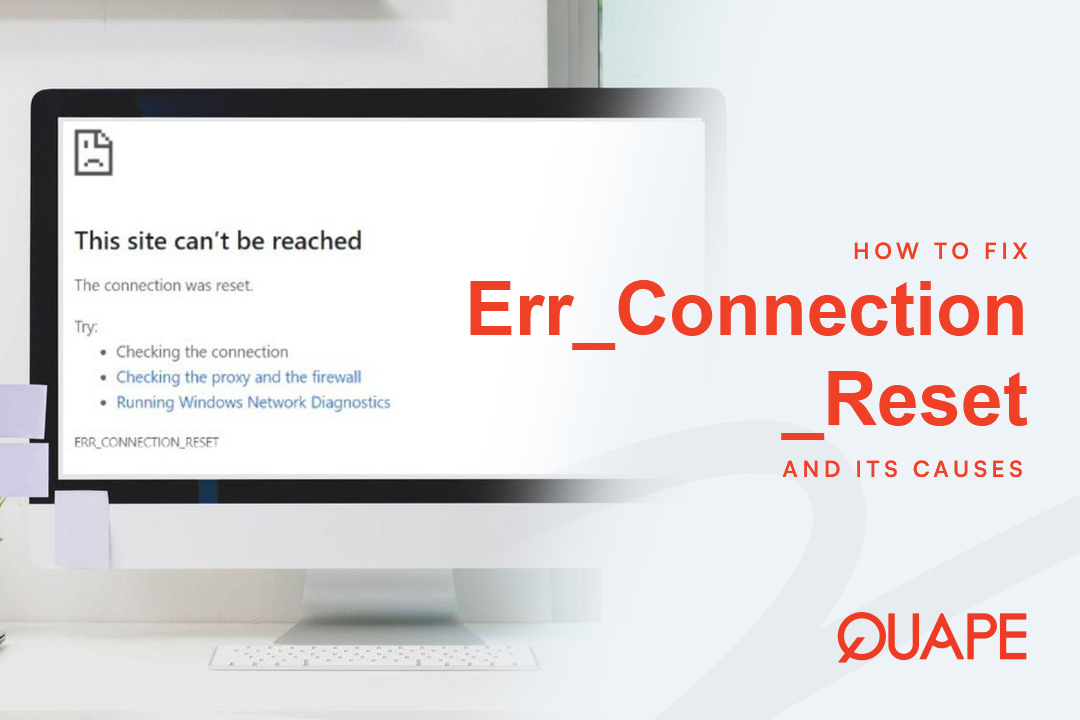Every day, millions of emails are sent without proper security, leaving sensitive information vulnerable to hackers. Whether it’s login credentials, financial data, or personal details email content is often intercepted or manipulated.
That’s why knowing why SSL is important for email security isn’t just optional it’s a necessity. With SSL/TLS encryption, email communications gain a critical layer of protection that guards against tampering and surveillance.
Table of Contents
ToggleIllustration: How SSL/TLS secures email communication in transit:

What Is SSL/TLS?
SSL (Secure Sockets Layer) is a protocol designed to encrypt data as it travels between two systems — such as your laptop and an email server. Although SSL is still widely referred to, modern systems now use TLS (Transport Layer Security), which is more secure and reliable.
TLS encryption works behind the scenes to protect your data in transit, so that no one can “listen in” while your email travels from point A to point B.
Why Email Needs SSL/TLS Encryption
Imagine sending a postcard through the mail. Anyone along the delivery route post office staff, mail carriers, or even neighbors can read it. That’s what an unencrypted email looks like.
SSL/TLS transforms your email into a sealed envelope, keeping its contents hidden from prying eyes.
Without encryption:
Your login credentials could be exposed to attackers.
Sensitive messages (e.g., invoices, contracts, private conversations) could be read or tampered with.
You are vulnerable to spoofing or phishing attacks via fake mail servers.
Any attacker with tools like Wireshark or tcpdump can perform packet sniffing and intercept your emails on open networks.
How SSL/TLS Works (Simple Explanation)
When you connect to your email provider using an SSL/TLS-enabled connection, here’s what happens:
Handshake: Your device checks the email server’s SSL certificate to verify its identity.
Key Exchange: If verified, both sides agree on a unique encryption key.
Secure Channel: From this point on, all communication is encrypted, protecting everything from login credentials to message content.
Even if someone intercepts your email data during transit, the encryption makes it unreadable and useless without the decryption key.
Real-World Scenario: What Happens Without SSL?
Let’s take a real example.
An employee at a startup logged into the company’s webmail from a café Wi-Fi. Unfortunately, the server didn’t enforce SSL/TLS. A hacker using a packet sniffer on the same network easily captured the email session and extracted the login credentials.
Within an hour, the hacker accessed internal documents, reset several passwords, and launched phishing attacks using the compromised account.
This incident could’ve been easily prevented by requiring SSL/TLS encryption.
Technical Example: Enabling SSL on Mail Servers
For developers or sysadmins managing their own mail infrastructure, here’s a brief example of how to enable SSL:
Postfix (SMTP):
smtpd_tls_cert_file = /etc/ssl/certs/yourdomain.crt smtpd_tls_key_file = /etc/ssl/private/yourdomain.key smtpd_use_tls = yes smtpd_tls_security_level = may
Dovecot (IMAP/POP3):
ssl = required ssl_cert = </etc/ssl/certs/yourdomain.crt ssl_key = </etc/ssl/private/yourdomain.key
These settings ensure that all email communication to and from your server is encrypted using SSL/TLS.
Also Read: #17 Expert Tips to Prevent Website from Being Hacked
Benefits of Using SSL/TLS for Email
Data Confidentiality: Emails are encrypted and unreadable to third parties.
Authentication: Prevents spoofed or fake mail servers from impersonating legitimate ones.
Integrity: Ensures email content isn’t altered in transit.
Regulatory Compliance: Essential for industries that require data protection (e.g., finance, healthcare).
Trust: Users and clients trust systems that handle their data responsibly.
Related Security Techniques
SSL/TLS is just one part of a bigger email security picture. Consider combining it with:
SPF, DKIM, and DMARC: These standards help verify sender identity and prevent spoofing.
End-to-End Encryption: Use tools like PGP or S/MIME to protect email contents even after reaching the inbox.
Multi-Factor Authentication (MFA): To secure access to webmail platforms and admin panels.
Security Headers and Modern Cipher Suites: Keep TLS configurations updated to avoid known vulnerabilities.
If you’d like to explore more about how email encryption works in-depth, this Cloudflare guideon TLS provides a great technical overview.
Secure Hosting That Gets It Right
Looking for hosting that takes email security seriously?
With QUAPE’s Business Hosting, you get:
SSL/TLS encryption by default
Reliable mail servers with built-in spam and phishing protection
Support for SPF, DKIM, and DMARC
Secure webmail access for teams and individuals
Fast and secure infrastructure designed for business-critical communication
Whether you’re running a startup, agency, or enterprise, QUAPE gives you the security foundation your email system needs without any hassle.
Final Thoughts
SSL isn’t optional anymore. It’s the first and most critical step in securing your email communications. From protecting sensitive content to preventing impersonation and phishing attacks, SSL/TLS ensures that your emails stay private and trusted.
If you’re curious how real-world email providers implement SSL and TLS to protect inboxes at scale, this guide by Guardian Digital offers useful insights into email server hardening and modern threat prevention.
And if you’re looking for an all-in-one solution that’s secure by default, QUAPE Business Hosting is ready to support your professional email needs with speed, security, and simplicity built-in.
- Cloudflare Outage? November 2025 Incident - November 18, 2025
- CVE-2025-11953 Critical React Native CLI Security Flaw - November 7, 2025
- How to Deploy n8n on Ubuntu 24.04 - November 4, 2025



